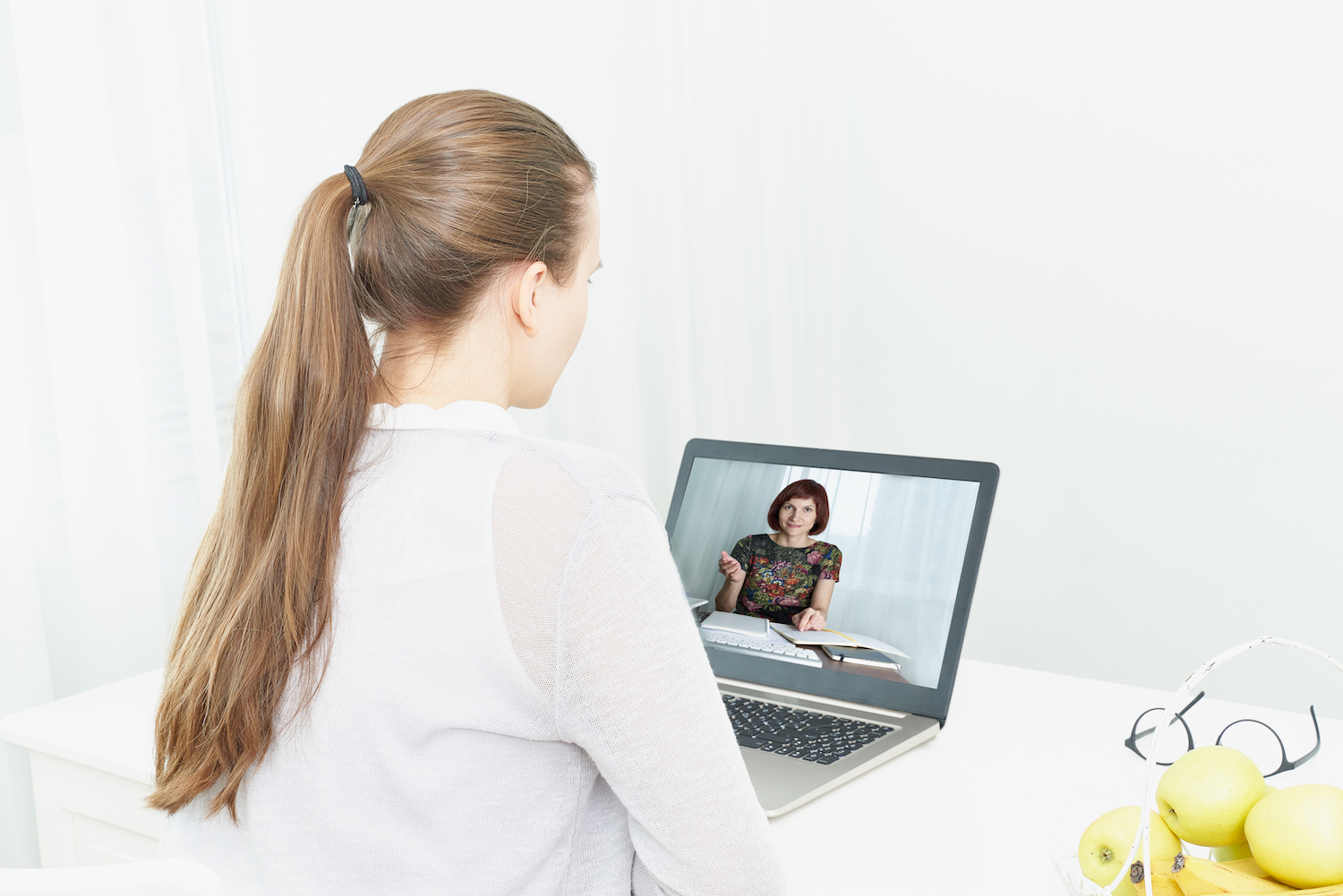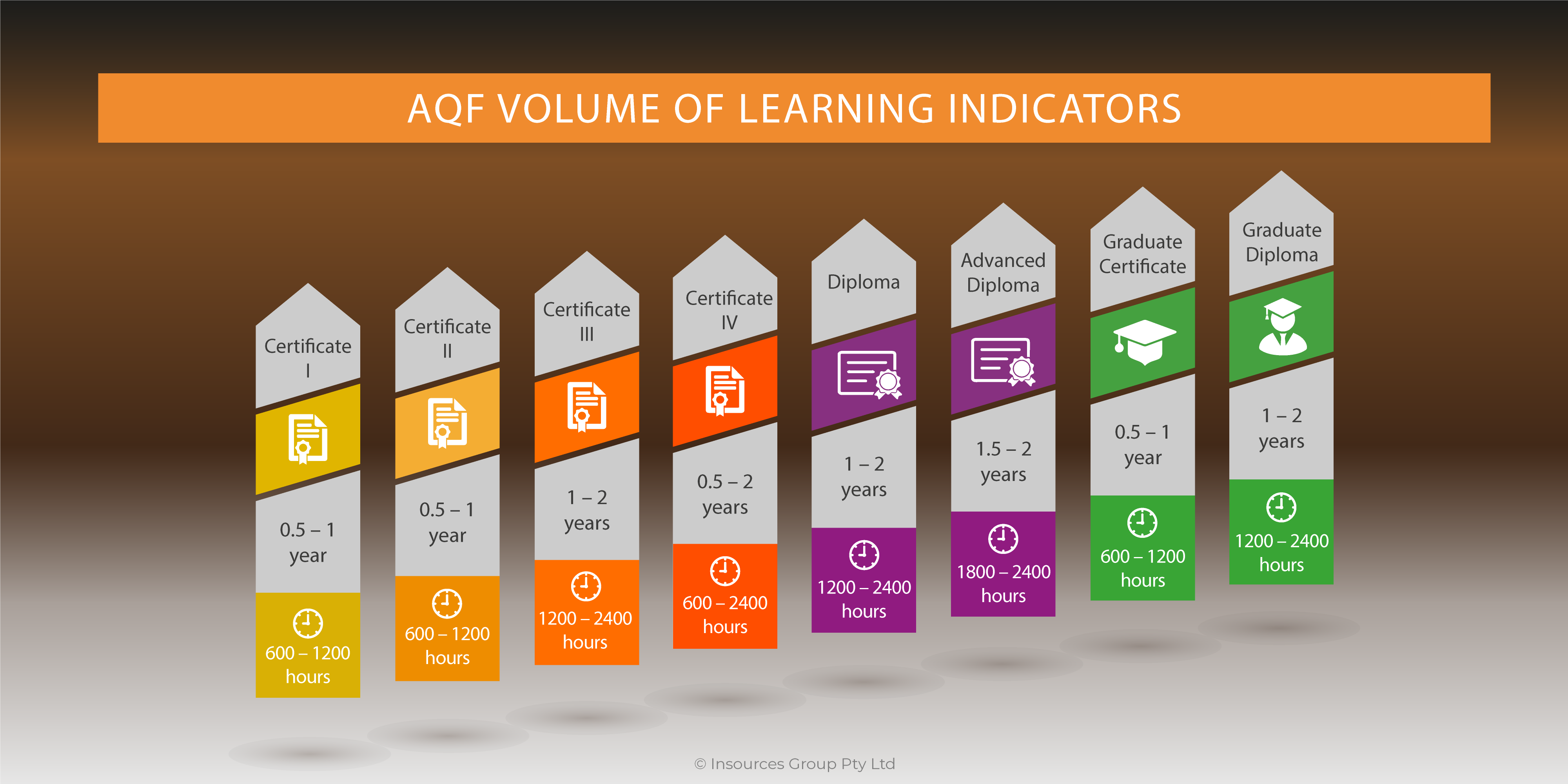Become fluent in the language of the virtual classroom.
After almost two decades, virtual classrooms have become an expected part of the training mix. Most organisations already have invested in virtual classroom software and are now expecting that some percentage of their training content will be delivered virtually.
This is an achievable goal, but it probably takes more work than most organisations expect. Moving content from a traditional face-to-face format to a virtual classroom format is not an exercise in plug-and-play. There’s much more involved in delivering training content in a virtual classroom than just dropping your existing PowerPoint slides into your WebEx, Adobe Connect, or GoToTraining platform.
Mastering the virtual classroom
If you would like your virtual classes to meet, or even exceed, the quality that you expect from traditional deliveries, you need to strategically think about how to prepare your team to be successful in the virtual classroom.
Prior experience as a designer, facilitator, or learner in a traditional classroom does not guarantee success when moving to a virtual environment. Everyone involved in the learning process needs to acquire the skills they need to master the additional competencies required for this environment.
 No matter your role, mastering the virtual classroom is akin to becoming fluent in a new language. You need to know more than just what buttons to press to make the technology work. You need to know when to press those buttons and what type of interactions maximize engagement and learning in the virtual classroom. Only when you master all of these concepts will you become fluent in this new way of communicating.
No matter your role, mastering the virtual classroom is akin to becoming fluent in a new language. You need to know more than just what buttons to press to make the technology work. You need to know when to press those buttons and what type of interactions maximize engagement and learning in the virtual classroom. Only when you master all of these concepts will you become fluent in this new way of communicating.
The competencies of instructional designers and facilitators have evolved with the shift from the traditional to the virtual classroom, and now the new role of virtual producer has become essential to virtual classroom success.
Virtual instructional designers
All instructional designers have grown up in the world of traditional classroom training. From the time they entered grammar school, they were exposed to a wide variety of instructional techniques. Lecture, self-paced work (often in the form of homework), and group work are all techniques that talented designers instinctively understand.
However, when we move to the virtual classroom, instructional designers have a different set of tools with which to design activities. Often, they aren’t exposed to what these tools are before trying to design for the virtual classroom. This results in virtual classes being designed to replicate the same content being delivered in a traditional format.
But it’s not the same. The traditional classroom and the virtual classroom are not the same formats, in the same way that a recorded music video and a live concert of the same band do not result in the same experience. Both are valuable, but each relies on the unique characteristics of the individual environments to maximize impact.
To become fluent in the virtual classroom, instructional designers need to develop the following competencies.
Engage participants via interactive and collaborative activities. It should come as no surprise that regular engagement helps virtual learners succeed. Online, the boredom factor is particularly dangerous. Without eye contact and body language, the facilitator can’t know whether participants are paying attention—and they know she doesn’t know.
Consequently, designers must craft live virtual sessions carefully to battle boredom and its inevitable disengagement. The strength of live online learning is in its capacity for engagement. No matter what topic you are discussing or which virtual classroom platform you are using, the key to a successful live online program is convincing participants to be fully present and engaged. Virtual classroom engagement comes in two varieties: interaction and collaboration.
Interaction is the primary engagement technique for virtual presentations (often referred to as webinars). In virtual presentations, instructional designers will engage learners via various communication methods, including communicating with the facilitator, other learners, and technology. (Examples of interacting with technology might include completing an online assessment or responding to a polling question.) Successful interaction relies on learner input every three to five minutes. The proverbial “kiss of death” for a virtual presentation is muting the phones, disabling the chat function, and holding questions to the end of the hour.
Collaboration, on the other hand, is the primary engagement technique for virtual training programs. Virtual training is different from a webinar format in that all learners have the opportunity to collaborate with their peers and practice new skills. Virtual training should consist of hands-on practice, small-group activities, and a variety of assessment methods.
Master the technology. Most virtual classrooms have a vast variety of tools that can make training programs engaging and effective. Unfortunately, instructional designers often are not exposed to what these tools are and how they can be used to engage learners.
Instructional designers need to be fully aware of the functionality of the virtual classroom, including whiteboards, chat, breakout rooms, and application sharing. They also should get to know less commonly used tools such as shared web content, testing, file transfer, and the ins and outs of all the feedback tools.
As an instructional designer becomes more adept at engaging learners via a variety of interactive and collaborative techniques and mastering the technology, online presentations and training programs will be viewed as a valuable component of a training strategy.
Virtual facilitators
Even the most experienced and talented facilitators will need to adapt their skill sets to be successful in the virtual classroom. But simply adapting their traditional skill sets isn’t enough; virtual facilitators also need to add an entirely new set of tricks to their facilitation toolboxes.
The question most new virtual facilitators have is, “How do I connect with my learners without the benefit of eye contact and body language?”
It really is possible to create a human connection without physically being in the same space. But this takes work; facilitators need to identify cues from their learners that aren’t as obvious as cues presented in a traditional classroom. And they have to invite contributions from learners in much more creative and specific ways.
To become fluent in the virtual classroom, virtual facilitators need to develop the following competencies.
Master the technology. When developing fluency in a language, facilitators first need to master the basic vocabulary and grammar. When developing fluency in the virtual classroom, they need to develop mastery of the technology.
Virtual facilitators need to move from whiteboard to chat to application sharing and back again seamlessly—in a way that focuses learners’ attention on the content being taught rather than the tools being used to deliver that content. This, of course, takes practice.
Engage participants without the benefit of eye contact and body language. How do we know participants are engaged and learning? Virtual facilitators need to expend a lot of energy to ensure that participants are consistently engaged.
A well-designed virtual lesson encourages some sort of learner communication every three to five minutes; virtual facilitators take advantage of the design to determine the engagement level of participants. Although there are many nuanced techniques to measuring engagement in virtual classrooms, measuring engagement usually is based on two factors:
- How quickly or often are learners responding?
- When learners respond, what is the quality of their responses?
When you ask learners to raise their hands, write on the whiteboard, or share ideas in chat, how long does it take them to respond and how many people respond? This is a measurement of quantity.
A high number of responses does not necessarily mean that learning is taking place, but it does imply that learners are paying attention to the conversation and are engaged at least at a minimal level. Virtual facilitators learn to gauge the quantity of response to determine the basic engagement level of learners.
Skilled virtual facilitators also will learn to assess the success of an activity based on the quality of feedback and responses the learners are providing. If the questions are in depth, and learners are volunteering stories, facilitators can be reasonably comfortable that the learning activities are meeting their goals.
Virtual producers
The virtual producer is a relatively new member of the virtual training team. As the support person on the delivery team, the producer is an invaluable resource before, during, and after any virtual training event.
This individual is there to support the facilitator, the participants, and the technology. The producer makes the session run smoothly by troubleshooting technical issues for anyone attending the session, loading polls, and even co-facilitating content (which helps change the dynamics with the new voice).
In working with the facilitator, producers can cover all the technical elements, which enables the facilitator to do what she is there to do: deliver the session objectives and guide the learners through the session content.
A producer can help transform virtual training into trouble-free, fast-moving, interactive events that keep learners involved and the facilitator on track. In short, the facilitator can stay focused on content while the producer takes care of everything else. The producer is the safety net that separates a successful live event from one that’s chaotic, unorganized, and unprofessional.
To become fluent in the virtual classroom, virtual producers need the following competencies.
Master the technology. Virtual producers not only need to know all of the tools available in the virtual classroom and how to use them, but also how to troubleshoot when things go wrong. Producers effectively become the first level of technical support; they address audio issues, assist learners with the use of virtual classroom tools, and communicate with the help desk when additional support is needed.
Create an instructional partnership with the facilitator. Producers can provide much more than just technical support. The role can be designed so that the producer and facilitator become an instructional team, both lending their voice to the lesson dialogue, and working together to ensure that learners achieve the desired outcomes. Producers have many tasks that they can take on, including:
- providing technical support for participants
- launching polls
- keeping time checks with the facilitator
- serving as a backup facilitator.
Establish the role of learner advocate. The producer also acts as a learner advocate, someone who can restate or rephrase questions, both from the facilitator and the audience, that were possibly a little unclear. Often, the producer can be the first to volunteer for an activity or be “the plant” who asks the right questions, which can spark the participants into asking questions of their own. The producer also can be used to alert the facilitator to raised hands or questions in the chat.
Excerpted from the Association for Talent Development’s Learning Technologies Blog written by Jennifer Hofmann.Follow Jennifer Hofmann at her blog, Body Language In The Bandwidth at http://blog.insynctraining.com




